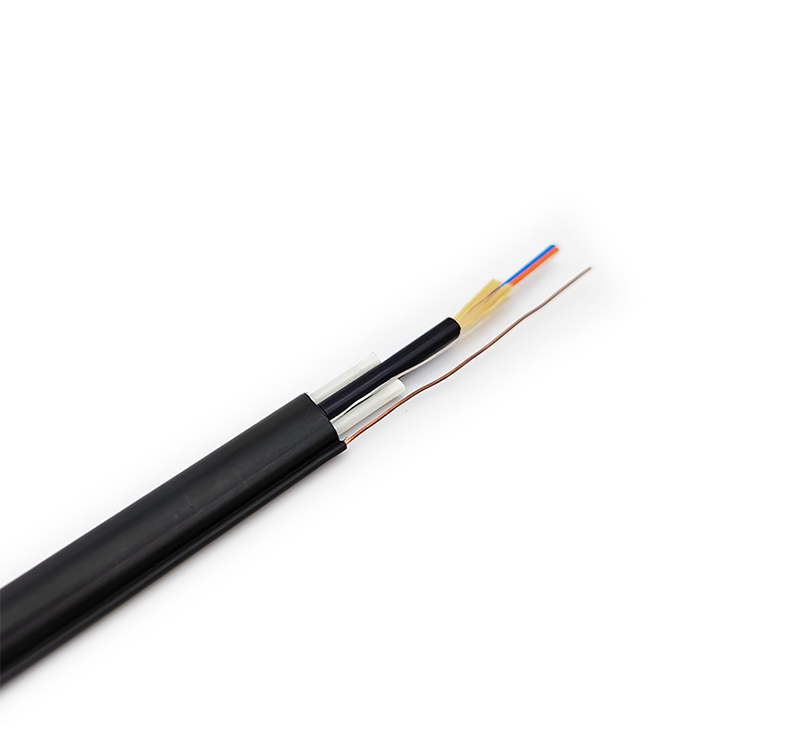Answer: CATV optical splitter is divided into fused taper fiber splitter and planar optical waveguide power splitter (PLC Optical Power Splitter). The first one is currently the most commonly used.

Fused Fiber Splitter: The Fused Fiber Splitter technology is to bundle two or more optical fibers together, then melt and stretch them on the taper machine, and monitor the change of the splitting ratio in real time, and the splitting ratio meets the requirements After melting and stretching, one end of the fiber is reserved (the rest are cut off) as the input end, and the other end is used as the multi-channel output end. At present, the mature taper drawing process can only draw less than 1×4 at a time. For devices above 1×4, use multiple 1×2s to connect them together. Then the whole is packaged in the splitter box.
Advantages: The taper coupler has more than 20 years of history and experience, many equipment and processes only need to be used, and the development cost is only a few tenths or even a few percent of PLC. The raw materials are only easily obtained quartz substrate, optical fiber, heat shrinkable tube, stainless steel tube and less glue, and the price is cheap. The splitting ratio can be monitored in real time as needed, and unequal splitters can be made.
Disadvantages: The loss is sensitive to the wavelength of light, and the device is generally selected according to the wavelength. This is a fatal flaw in the process of triple play, because the optical signal transmitted in the triple play has various wavelengths such as 1310nm, 1490nm, and 1550nm.
Planar Optical Waveguide Power Splitter (PLC Optical Power Splitter)
Planar optical waveguide technology is to use semiconductor technology to make optical waveguide branch devices. The function of branching is completed on the chip, which can realize more than 1X32 branching on one chip. Then, the input and output of the package are respectively coupled at both ends of the chip. end multi-channel fiber array.
Advantages: The loss is not sensitive to the wavelength of transmission light, and can meet the transmission needs of different wavelengths. The light splitting is uniform, and the signal can be evenly distributed to the users. The structure is compact and the volume is small (Bochuang Technology 1×32 size: 4×7×50mm), which can be directly installed in various existing transfer boxes without special design to leave a large installation space. A single device has many shunt channels, which can reach more than 32 channels. The multi-channel cost is low, and the more the number of branches, the more obvious the cost advantage.
Disadvantages: The device manufacturing process is complex and the technical threshold is high. At present, the chip is monopolized by several foreign companies, and there are only a few domestic companies that can package and produce in large quantities. Compared with the fusion taper splitter, the cost is higher, especially in the low channel splitter.










